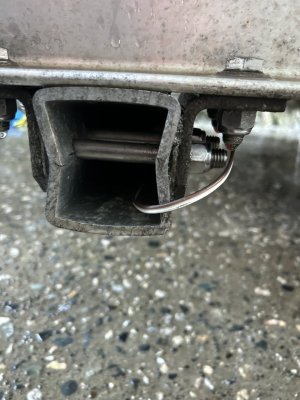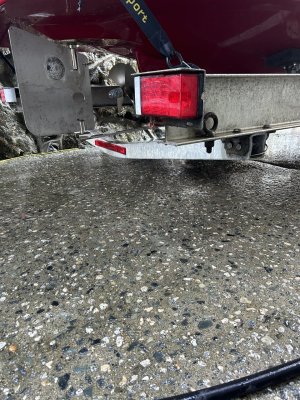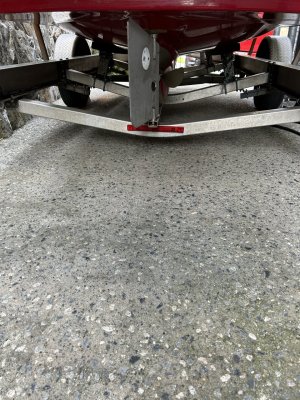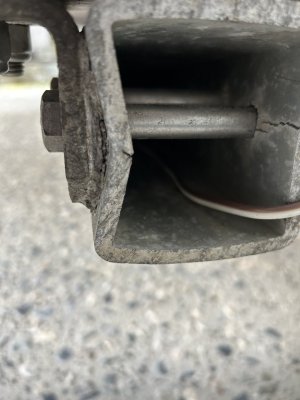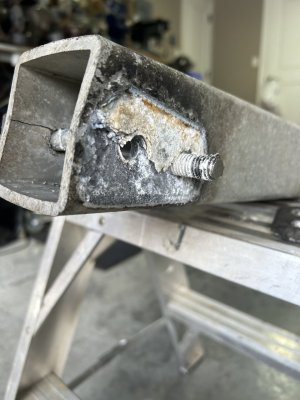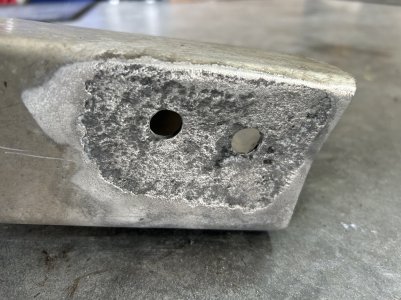The issue isn't salt crystalizing. It's about keeping the mild steel away from the aluminum and possibly keeping salt water out of the connection.
The issue you are dealing with is galvanic corrosion. In simple terms, when you have two different metals in direct contact and they get wet or are submerged in water, you get more aggressive corrosion on the less corrosion resistant material. That's a simplification, but covers the important points. The less resistant material will corrode preferentially. The more resistant material will corrode more slowly than if it were in the same conditions by itself. This is why you put zincs on outboard engine legs etc. The zinc takes all the corrosion, protecting the aluminum leg. Another example would be the old stories of people accidentally/maliciously dropping a copper penny in the bilge of an aluminum boat and having it corrode a hole in the hull. The copper is the more resistant material and causes the aluminum to corrode at an accelerated rate where they are in contact. In the case of your trailer the cross tube is the least resistant to corrosion, the steel more resistant, and the main beams are probably a different aluminum alloy that is slightly more resistant than the cross tube. Keeping the mild steel from directly contacting the aluminum will significantly reduce the problem, hence the plastic shims.
It's possible there is another effect at play, crevice corrosion. That's where there is a very thin gap that salt water can get into, where the water gets depleted of oxygen (from reacting/corroding with the metal in the crevice) the difference in the oxygen content of the water in the crevice and the surrounding environment creates a galvanic cell (kind of like a battery, but not exactly). The chemistry of the galvanic cell creates a very strong corrosion effect in the crevice. This is not really a problem in fresh water, it needs an electrolyte, the salt in the case of ocean water. Your solution of applying sikaflex to the joint will really help reduce the risk of crevice corrosion.
As for bolting aluminum in salt water I'm not too familiar with best practice aside from no mild steel and nothing with copper in it, brass etc. Pretty sure stainless steel is the standard. Others on here will know more than me on that.
